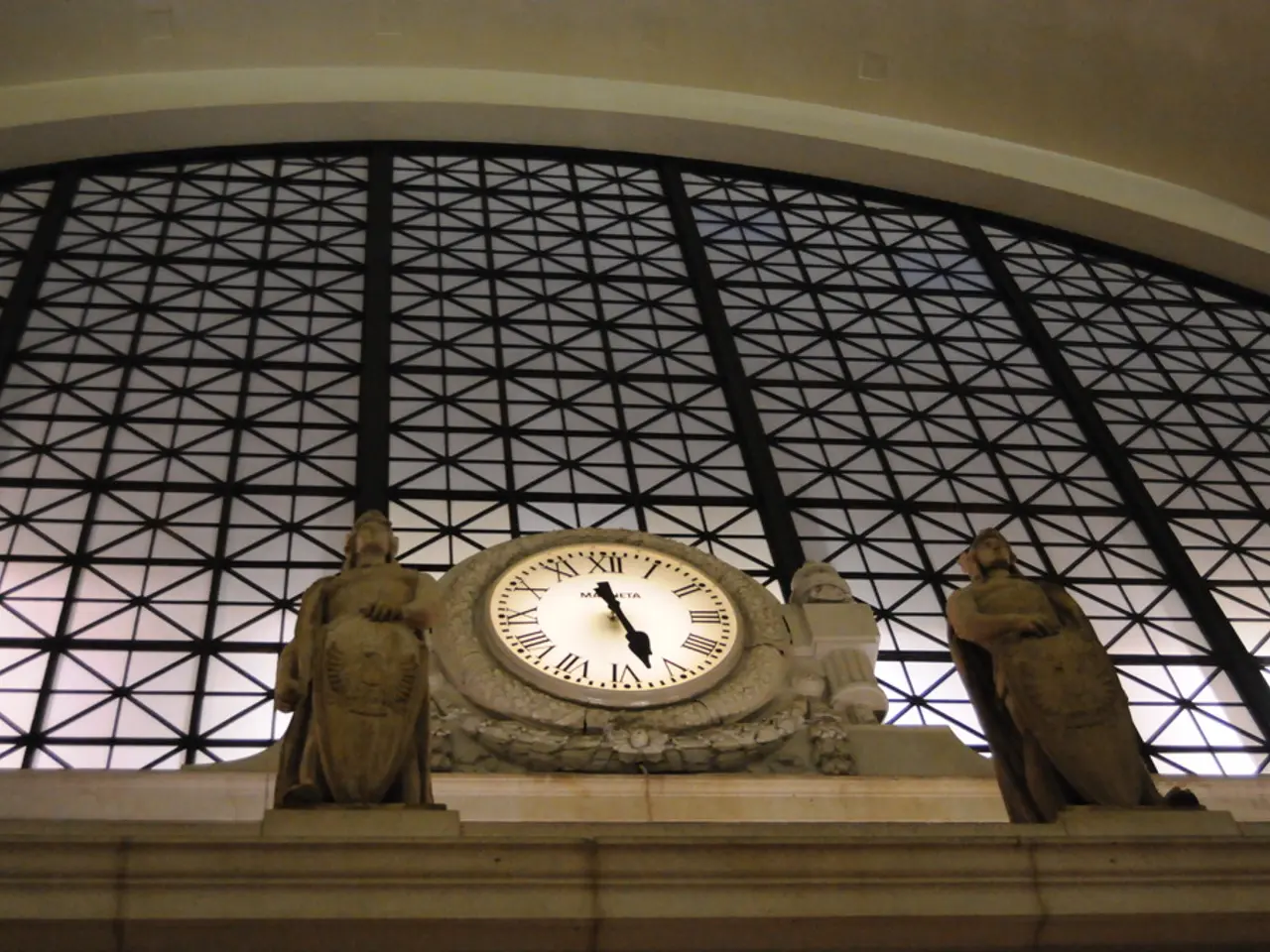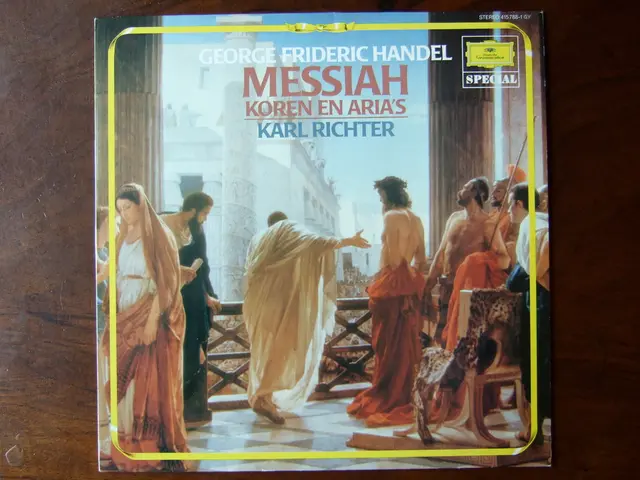Is the timepiece in question a Jerome & Co creation, or perhaps another brand altogether?
Unveiling the History Behind an 1870s Clock: Jerome, Pomeroy, and Beals
In the world of antique clocks, a fascinating piece has been uncovered, one that sheds light on the interconnected history of American clockmaking in the early to mid-1870s. The clock in question, a Rosewood veneered round top, mirrored tablet shelf clock, is not the work of Chauncey Jerome, as one might initially assume, but rather the creation of Noah Pomeroy.
This Ogee clock, a style of clock popular during the period, was serviced in the fall of 2018, and its label dates it sometime after the move from Haymarket Street, around 1870. The label inside the clock bears the name J.J. Beals, Boston, a clock retailer who purchased completed clocks from various Connecticut makers and put his own label on them.
The Jerome name on this clock is likely a reference to Samuel B. Jerome of New Haven, Connecticut, or the New Haven Clock Company selling clocks under the trade name Jerome & Co. The New Haven Clock Company, organized in the early 1850s, was a successor to Chauncey Jerome's pioneering work in affordable brass clock movements and mass production techniques. They continued this innovation with the Pomeroy movement, a type of clock mechanism used in simpler, lower-cost clocks often sold under various labels.
Pomeroy, who built clock movements from 1847 to 1878, supplied movements to other companies like New Haven, Ingraham, and even made his own complete clocks. The movement in this clock is one such example, unsigned but bearing the distinctive features of a Pomeroy creation.
Interestingly, this clock does not come with an alarm mechanism, a feature that some of Pomeroy's clocks did possess. It was purchased at an estate auction, adding to its unique history.
The clock world is not always as it seems, and this piece is original in every way, a testament to the intricate web of production and branding practices that characterised the 19th-century American clock industry. Companies like the New Haven Clock Company effectively carried forward Chauncey Jerome's technological and business innovations, while Samuel B. Jerome maintained family ties, and J.J. Beals & Co. served in the marketplace as an intermediary labeling brand.
These relationships are emblematic of the era, where clock movements, cases, and labels were often mixed and matched among manufacturing and retail entities to target various market segments. The New Haven Clock Company, through its Pomeroy movements, provided cost-effective mechanical mechanisms. The Jerome name, leveraged for its market recognition, was used to boost sales. J.J. Beals & Co., on the other hand, provided the labeling and distribution network.
In conclusion, this clock is a product of the early to mid-1870s marketing, not associated with Chauncey Jerome, the well-known American clockmaker who died in 1868. Instead, it represents the interconnected production and branding practices between the Jerome family legacy, the New Haven Clock Company's manufacturing of Pomeroy movements, and J.J. Beals & Co.'s retailing or branding efforts.
The vintage clocks, including this Rosewood veneered round top, mirrored tablet shelf clock, were not only products of skilled craftsmen but also evidence of intricate marketing strategies. This particular clock, created by Noah Pomeroy, is a testament to the collaboration between different entities, such as the New Haven Clock Company and J.J. Beals & Co.
Moreover, the clock movements, like the one found in this piece, were often shared among manufacturing companies, including Pomeroy, to cater to various market segments. This practice reflects the smart-home-devices innovation of the 19th century, where technology was combined with gadgets and branding for mass market appeal.




